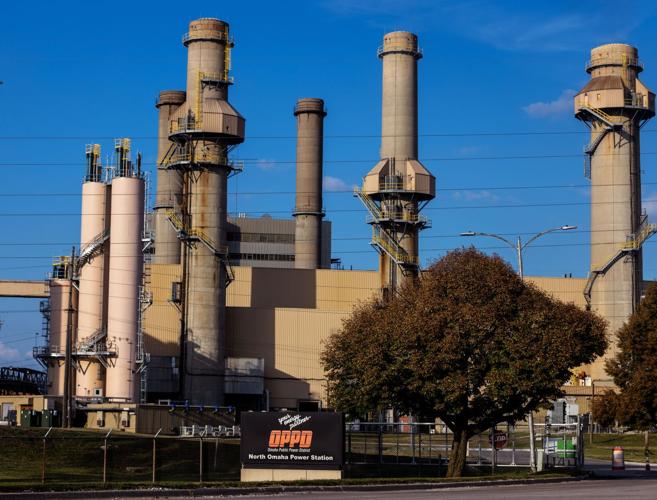Your donation will support the student journalists of Omaha Westside High School. Your contribution will allow us to purchase equipment and cover our annual website hosting costs.
The North Omaha power plant will continue to burn coal through 2026 instead of the original 2023 expiration date.
Pollution in North Omaha illustrates environmental racism
February 27, 2023
Omaha has a long history of segregation, and that legacy has carried on to impact the environment in neighborhoods historically of color.
The University of California Berkeley has rated Omaha as a highly segregated city, and the NAACP deems Omaha the 16th most environmentally unjust city in the country.
Omaha’s prime example of environmental racism is the North Omaha coal power plant that provides a number of health effects to a neighborhood of color. These health effects include an asthma rate of 20 percent, almost three times the average in Nebraska according to Grist, a non-profit providing climate justice solutions.
The Global Energy Monitor estimates that there have been 14 deaths, and 22 heart attacks that can be directly correlated to the North Omaha Coal Plant.
If we have known that the North Omaha Coal Power Plant has affected residents this much for over ten years, why has Omaha Public Power District pushed back it’s shutdown date from 2023 to 2026? According to OPPD director Eric Williams, the push back is due to the fact that Omaha does not yet have the renewable energy infrastructure to close down the plant, but OPPD has likely known the impact that this coal plant is having on the community for at least ten years.
Ten years should certainly have been enough time to anticipate the closing of the plant in 2023, and realize what needed to happen to get most of Omaha’s power to switch to renewable energy not just for the environment, but for the health of those who live in North Omaha.
In addition to affecting the air quality, the North Omaha Coal Power Plant puts the water quality of the Missouri River at risk as well. OPPD dumps a majority of the coal ash from the power plant in the Missouri River, and is not penalized for polluting the water. This is due to their outdated permit, according to the Nebraska Sierra Club.
Coal ash has been contaminating Omaha’s drinking water for decades. This is because the water treatment plant is blocks away from where the ash is dumped into the river. Poor water quality is exacerbating the negative health impact that the North Omaha Coal Plant has on North Omaha residents.
In addition the coal power plant, North Omaha also experiences environmental racism through soil contamination.
According to Creighton University, North Omaha had six major lead polluters in North Omaha between 1890 and 1990, the effects of which can still be found in the soil today.
The EPA granted Omaha $400 million to clean up the lead, but there are still high levels of measurable contamination in many old buildings as well as the soil. The EPA has brought this issue to the Omaha City Council more than once, and this issue has only directly been addressed one time.
Whether addressing the health effects caused by the coal plant or levels of lead in the soil, there is more the city should do and can do for the people of North Omaha.

